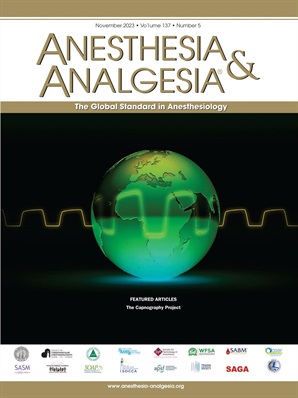In addition to the usual applications, there may be a specific role for capnography in thoracic anesthesia. The following issues will be addressed in this section.
1. Capnography as a non invasive monitor of PaCO2 during thoracic anesthesia.
2. Capnographic waveforms seen during thoracic anesthesia.
3. Evaluation of ventilation/perfusion status of each lung (Dual capnography).
4. Hemodynamic effects of carbon dioxide insufflation during thoracoscopy.

 Twitter
Twitter Youtube
Youtube









